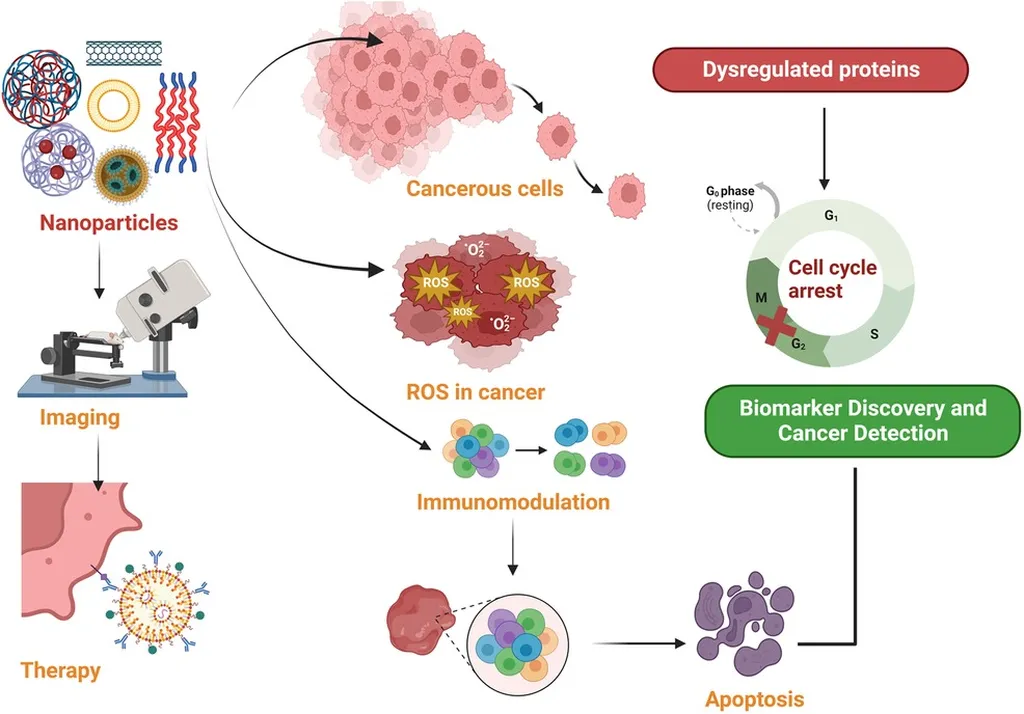In the quest to improve targeted cancer therapy, researchers have developed a novel approach that could revolutionize how we deliver chemotherapy drugs. A recent study published in *Nano Select* (translated as *Nano Selection*), led by Md. Annur Sadman from the Department of Pharmaceutical Sciences at North South University in Dhaka, Bangladesh, introduces a promising strategy using stealth nanocarriers to enhance localized chemotherapy.
The challenge of nanoparticle-based drug delivery has long been hampered by the immune system’s rapid clearance of these tiny carriers. To overcome this, Sadman and his team developed paclitaxel (PTX)-loaded gelatin nanoparticles (GNPs) coated with mouse serum albumin (MSA). This innovation, termed MSA@PTX-loaded GNPs, aims to evade the immune system and deliver the drug directly to the tumor site.
“Our goal was to create a stealth nanocarrier that could effectively deliver chemotherapy drugs to the tumor while minimizing systemic toxicity,” said Sadman. The team’s success lies in the MSA coating, which significantly reduces protein adsorption and prolongs the circulation time of the nanoparticles.
Physicochemical characterization confirmed the successful coating, resulting in an increase in hydrodynamic size and a shift in surface charge. The MSA coating also led to sustained and pH-responsive PTX release, with a higher release rate in the acidic tumor environment compared to physiological conditions.
In vivo studies using tumor-bearing mice demonstrated the efficacy of this approach. Subcutaneously administered MSA@PTX-loaded GNPs significantly enhanced tumor suppression and reduced systemic toxicity compared to uncoated PTX-loaded GNPs. Histopathological analysis further revealed reduced immune cell infiltration in the MSA-coated group, indicating a lower immune response.
“This study presents a promising strategy for improving localized chemotherapy, enhancing therapeutic efficacy, and reducing off-target effects,” Sadman explained. The implications of this research extend beyond cancer therapy, potentially impacting other areas of drug delivery and treatment.
The development of stealth nanocarriers like MSA@PTX-loaded GNPs could pave the way for more effective and targeted treatments, reducing the side effects often associated with chemotherapy. As the field of nanomedicine continues to evolve, this research offers a glimpse into the future of personalized and precise medicine.
For the energy sector, the principles behind stealth nanocarriers could inspire innovations in targeted delivery systems for various applications, from environmental remediation to advanced materials science. The potential for reducing off-target effects and enhancing efficiency aligns with the industry’s goals of sustainability and precision.
As we look to the future, the work of Sadman and his team serves as a testament to the power of interdisciplinary research and the potential of nanotechnology to transform healthcare and beyond. With further development and testing, stealth nanocarriers could become a cornerstone of modern medicine, offering new hope for patients and advancing the frontiers of scientific discovery.

